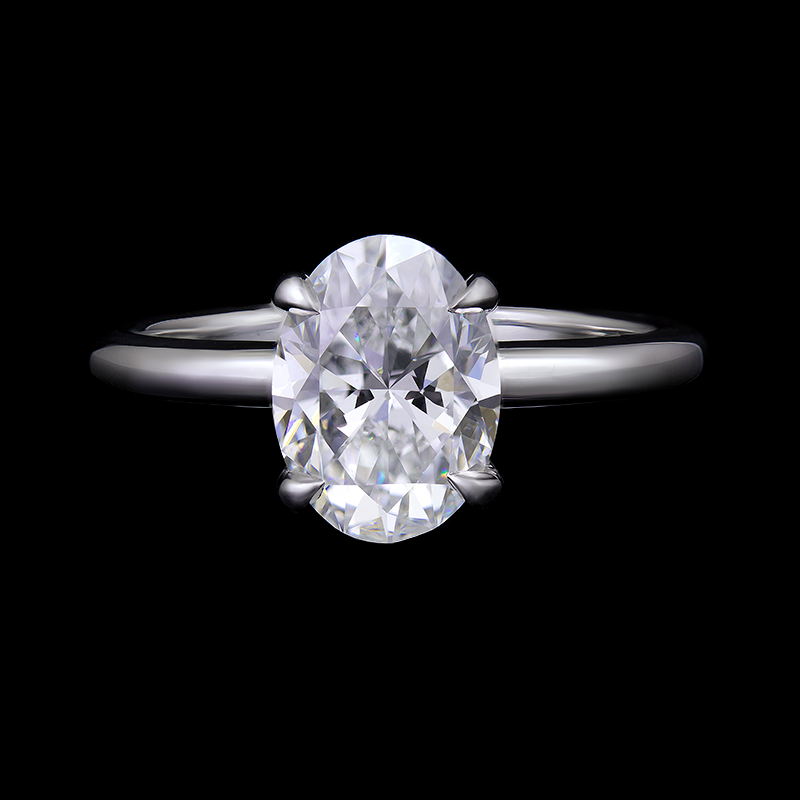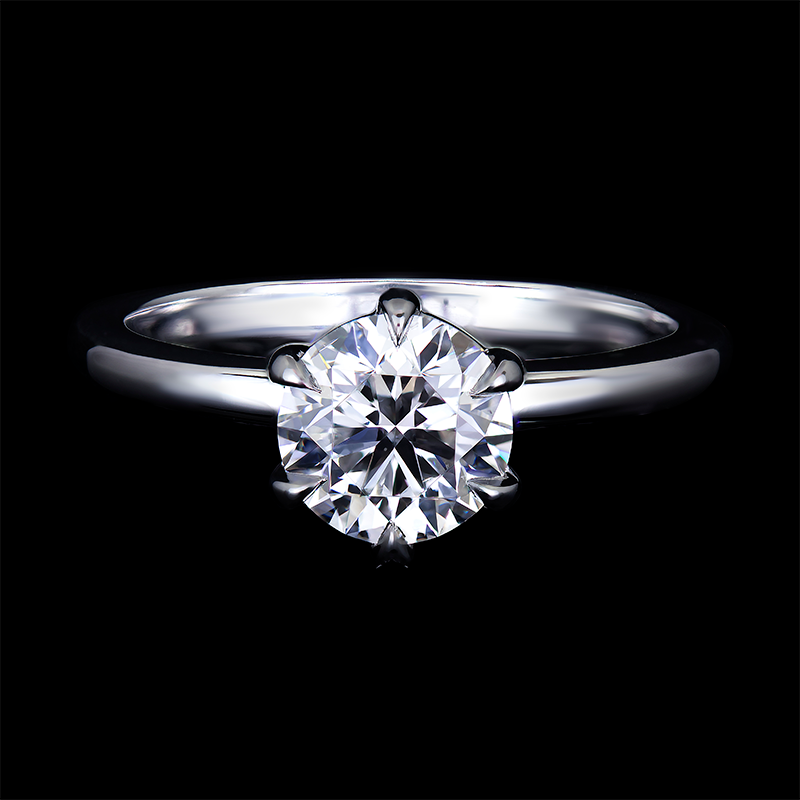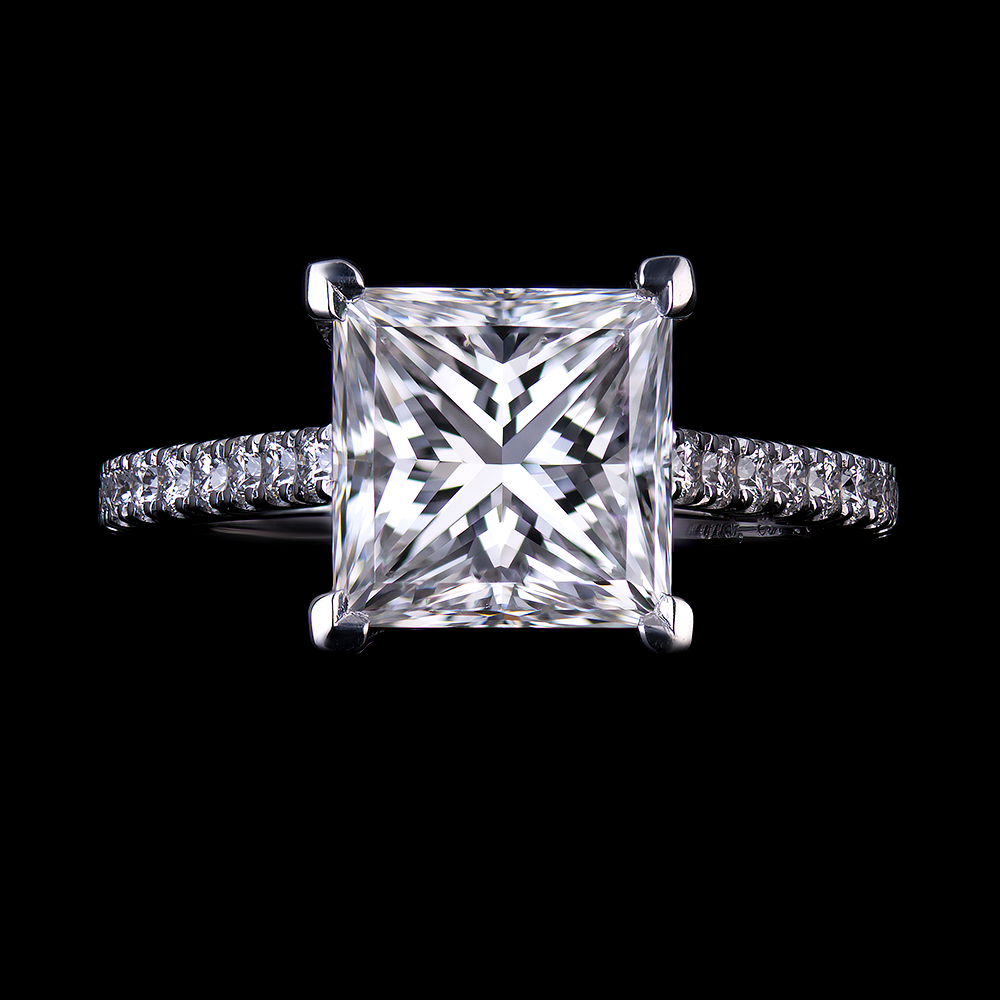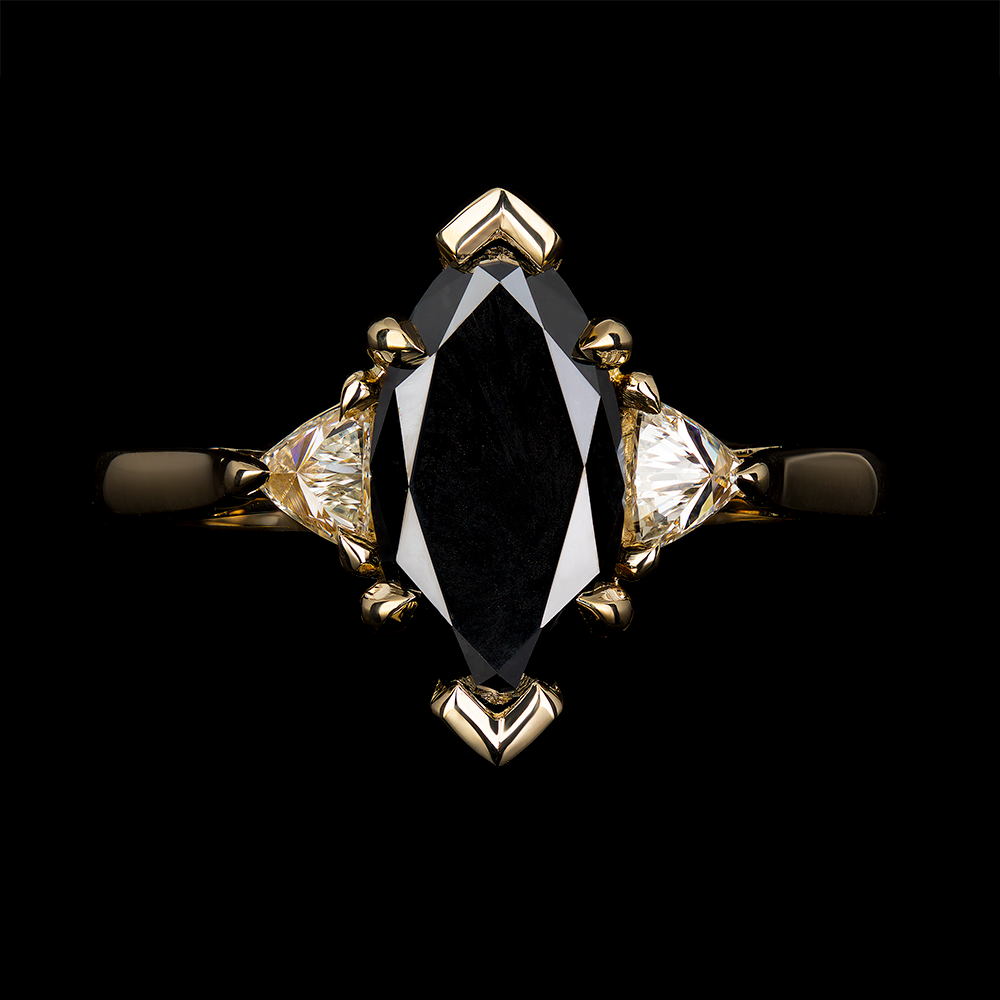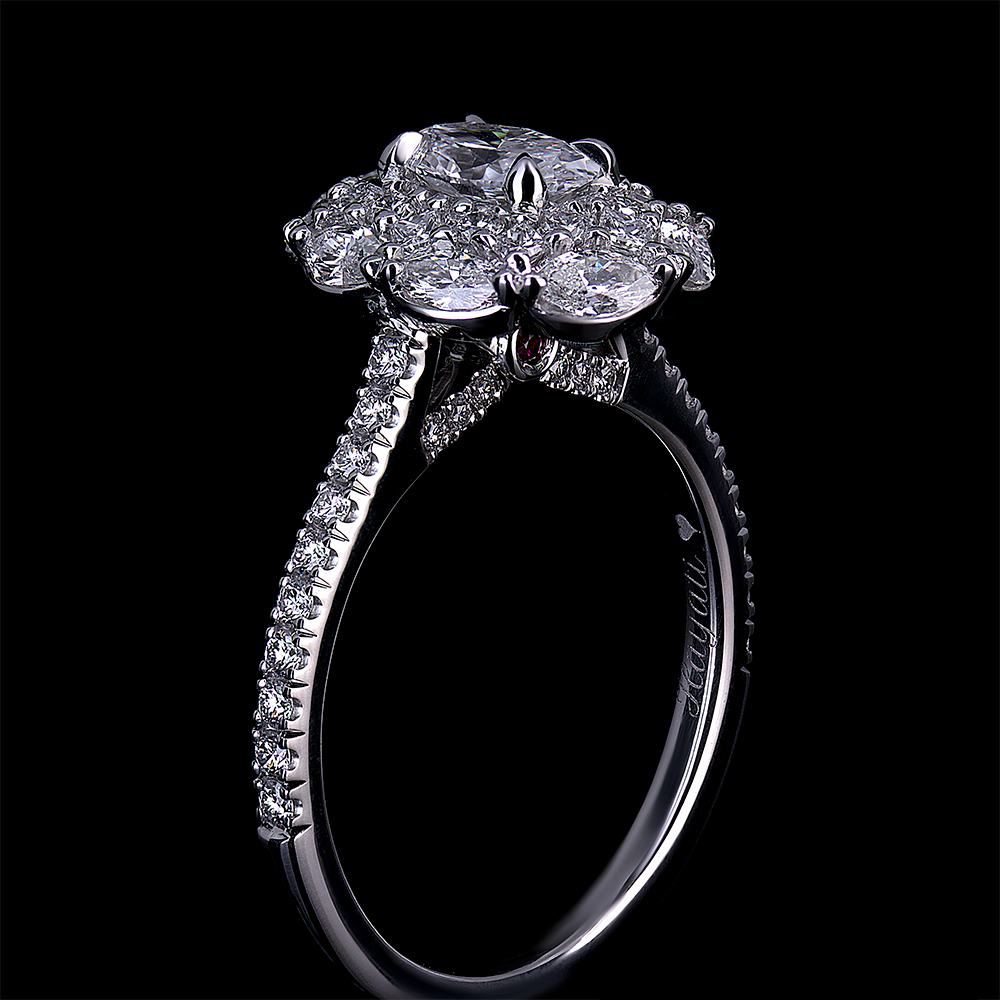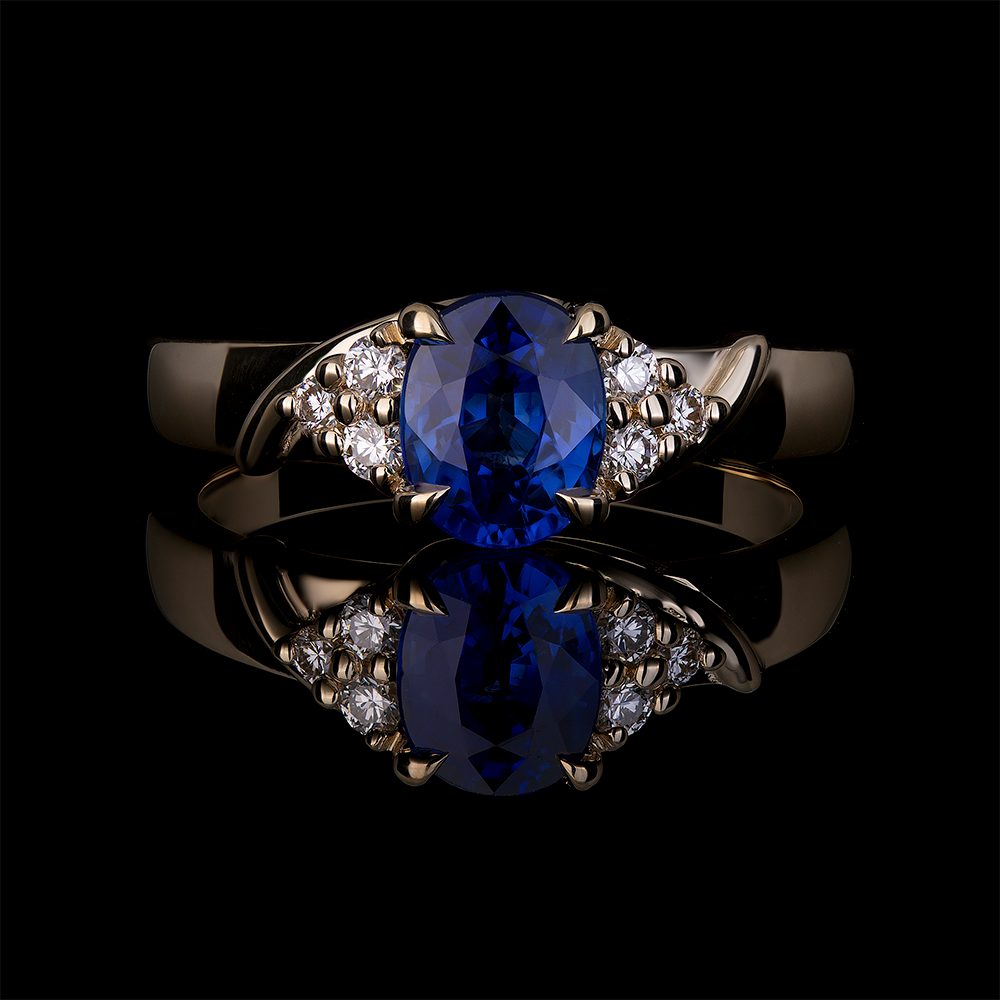

The Rounded Prong
The rounded prong is the most widely used type of prong in jewelry settings. True to its name, it features a small, rounded tip that securely holds the center stone from the top.
Although it covers only a small area of the diamond, it provides a reliable hold and ensures the stone remains firmly in place.
This type of prong is popular because it is simple and unobtrusive, allowing the center stone to take center stage. Additionally, its rounded shape is less likely to catch on clothing or other objects, making it a practical choice for everyday wear.



